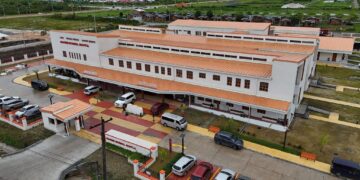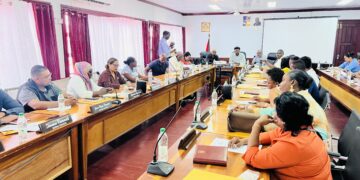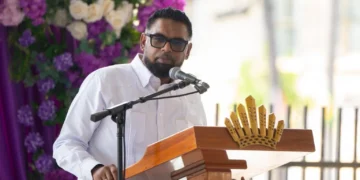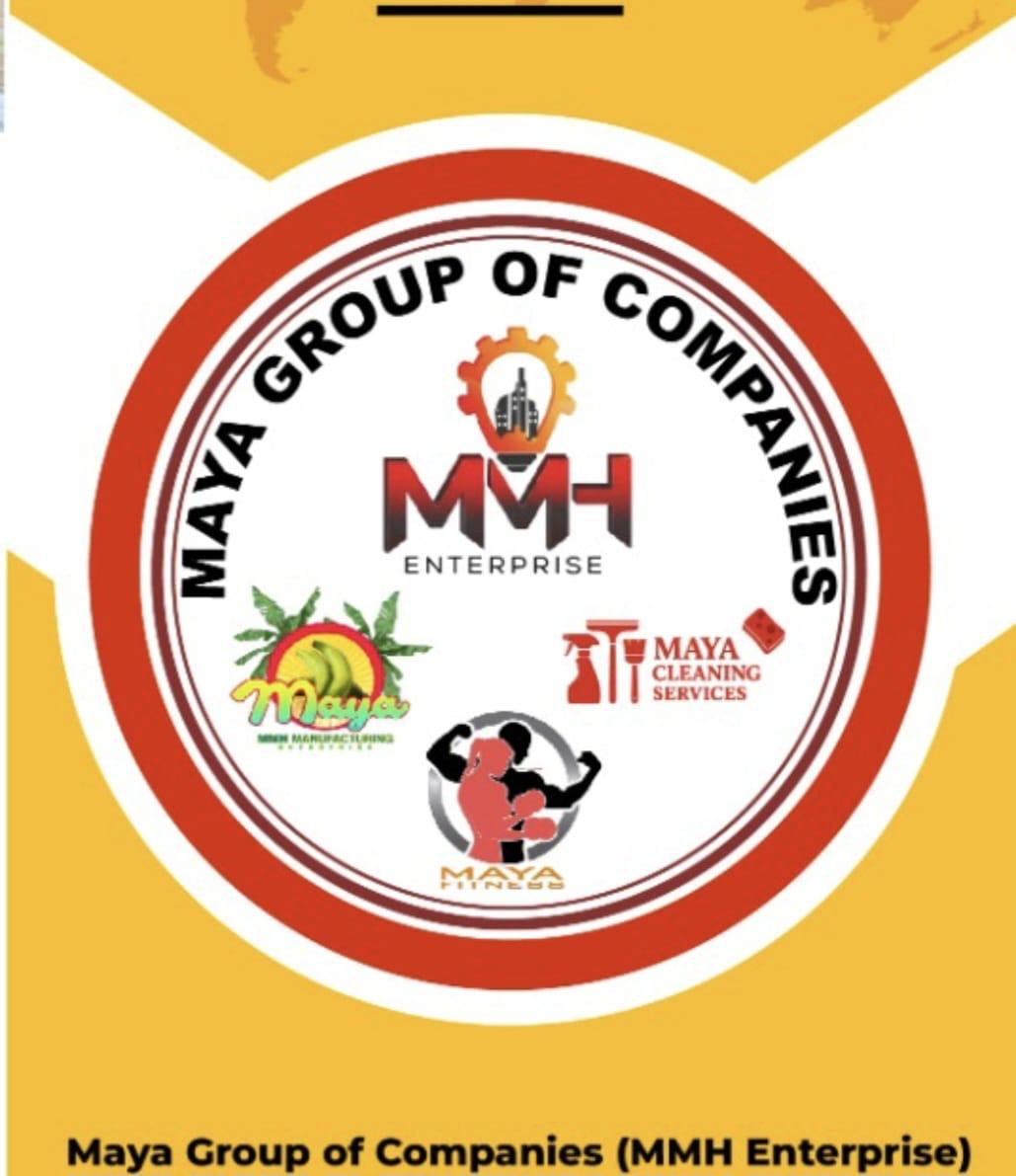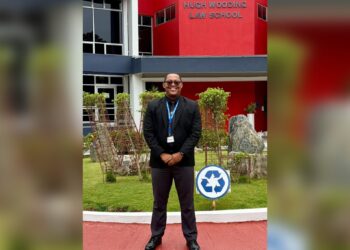Guyana is in dire need of funds to enhance its kokers and canals, essential for efficient water management and ensuring food security by mitigating the impact of droughts and floods.
Vice President Dr. Bharrat Jagdeo has emphasized the urgency of the situation, stating that Guyana cannot afford to wait for promised international funding. To tackle this challenge, alternative funding sources are being explored.
At the recent Agri-Investment Forum and Expo, Vice President Jagdeo lamented the lack of recognition for the pivotal role that forests play in achieving net-zero emissions. Forests act as natural carbon sinks, mitigating the impact of harmful greenhouse gas emissions such as carbon dioxide. Their preservation is crucial for averting a climate crisis characterized by increased droughts and floods.
Jagdeo stressed the need for incentives to help forested nations protect their forests, which are instrumental in curbing climate change. Unfortunately, these incentives have not materialized as expected. Moreover, despite years of promises from affluent nations, the funding allocated to vulnerable nations remains insufficient. Jagdeo warned, “We’ll go grey, we’ll die, and it will not happen at the scale necessary.”
However, Guyana has taken a proactive approach and is not solely reliant on international funding. One method they are employing is gaining certification and recognition for their extensive, intact forests. This recognition has allowed them to market carbon credits.
Guyana’s first carbon credit agreement, negotiated following the issuance of special carbon credits in December, was formed with Hess Corporation, a prominent U.S. oil company involved in the country’s emerging oil and gas sector.
A significant portion of the initial payment received has been earmarked for constructing additional kokers, conservancy dams, and canals. These investments aim to “climate-proof” the economy and make the agricultural sector less susceptible to disasters like droughts and floods.











